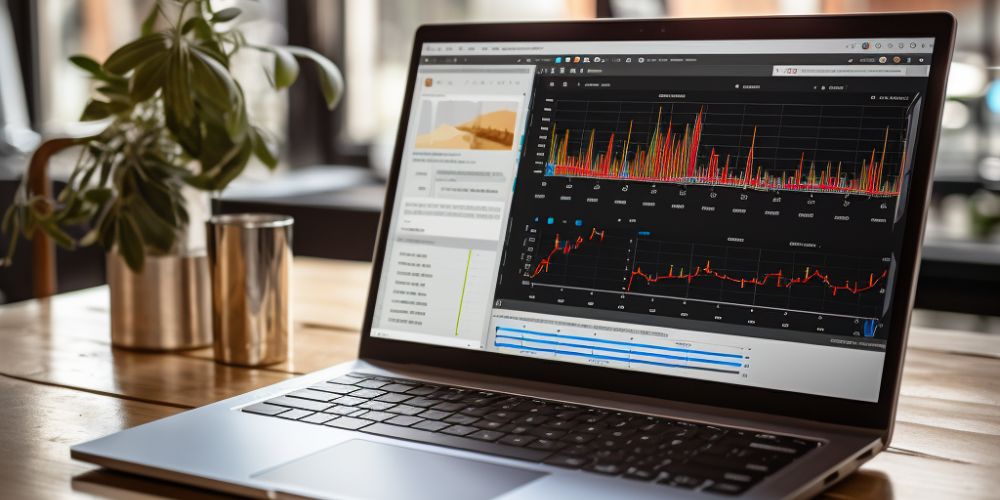In the era of digital financial services, providing your Social Security Number (SSN) has become a common requirement.
One such platform, Stash, offers investment and banking services to millions of users.
But, is Stash safe to give SSN?
Well, before entrusting such sensitive information to any financial service provider, it’s essential to understand the risks, and the measures they take to safeguard your personal information.
In this article, we will delve into the safety of giving your SSN to Stash, exploring their security measures, potential risks, and pro tips for protecting your identity.
Is Stash Safe to Give SSN? (An Honest Answer)
Yes, Stash is generally safe to give your SSN. They employ a range of security measures to keep your personal information secure, including encryption, identity verification, and compliance with regulatory requirements.
However, it’s important to be aware of the potential risks associated with sharing your SSN and to take proactive steps to protect your identity.
By following pro tips for safeguarding your SSN and regularly monitoring your Stash account for suspicious activity, you can minimize the chances of falling victim to identity theft or fraud.
Now let’s talk about Stash’s security measures in detail.

Stash’s Security Measures
Stash is committed to protecting its users’ personal information. They employ a robust set of security measures to ensure the confidentiality and integrity of your data.
Let’s take a closer look at these measures:
1. Encryption and Data Protection
Stash uses industry-standard encryption to secure your data, both while it is in transit and at rest. This means that your SSN and other personal information are scrambled into an unreadable format, making it extremely difficult for hackers to intercept and decipher.
Additionally, Stash implements strict access controls and data segregation techniques to ensure that only authorized personnel can access sensitive customer information.
This reduces the risk of unauthorized access, further enhancing the security of your SSN.
2. Identity Verification Process
When you provide your SSN to Stash, they use it to verify your identity. Stash conducts rigorous identity verification checks to ensure that the person signing up for their services is indeed who they claim to be.
This verification process helps prevent fraud and unauthorized access to your account.
During the identity verification process, Stash may ask for additional documents to validate your identity, such as a driver’s license or passport.
This multi-factor authentication adds an extra layer of security to ensure that only legitimate users can access their services.
3. Compliance with Regulatory Requirements
Stash is regulated by various financial authorities, such as the Securities and Exchange Commission (SEC), the Financial Industry Regulatory Authority (FINRA), and the Payment Card Industry Data Security Standard (PCI DSS).
These regulatory bodies impose strict guidelines on data security and privacy practices.
Stash must comply with these regulations, ensuring that they have implemented adequate measures to protect your personal information, including your SSN.

Risks of Providing SSN to Stash
While Stash takes significant security measures to protect your personal information, there are still some risks associated with sharing your SSN:
Identity Theft and Fraud
The biggest risk of sharing your SSN with any financial service provider is the possibility of identity theft and fraud.
If your personal information falls into the wrong hands, it can be used to open fraudulent accounts, apply for loans or credit cards, or make unauthorized purchases. This can seriously damage your finances and credit score.
Phishing Scams:
Phishing scams are a common tactic used by cybercriminals to trick users into revealing sensitive information like SSNs.
They may pose as Stash or another financial institution and request that you provide personal information to confirm your identity.
It’s essential to be vigilant and only provide your SSN or other sensitive information when you are sure you are dealing with a legitimate source.
Data Breaches:
Despite Stash’s security measures, there’s always a chance that a data breach could occur.
In the case of a data breach, your personal information could be exposed, which can lead to identity theft and other malicious activities.
Stash Employees:
While rare, there is also the risk of Stash employees misusing your personal information for malicious purposes.
However, Stash has strict policies in place to prevent unauthorized access to your data, and all employees undergo background checks.
Stash’s Risk Mitigation Strategies
Stash acknowledges the risks associated with sharing your SSN and has implemented several risk mitigation strategies:
Regularly monitoring accounts for suspicious activity: Stash employs sophisticated monitoring systems to detect any unusual patterns or suspicious actions related to your account.
They are vigilant in identifying and addressing potential security breaches promptly.

Two-factor authentication:
Stash offers the option to enable two-factor authentication, adding an extra layer of security to your account.
With two-factor authentication, you will need to provide an additional verification code, typically sent to your registered mobile device, before accessing your account.
Secure transmission and storage of data:
Stash uses secure transmission channels and encryption protocols to protect your data while it is in transit.
They also store your information on secure servers, employing data segregation techniques to further safeguard your personal information.
Pro Tips for Protecting Your SSN
Aside from relying on Stash’s security measures, you can take proactive steps to safeguard your SSN and personal information:
Use Strong Passwords:
Use strong and unique passwords for all your financial accounts, including Stash. Avoid using easily guessable information such as your name or birthdate.
It’s also critical to avoid using the same passwords across multiple accounts.
Enable Two-Factor Authentication:
Two-factor authentication adds an extra layer of protection to your account by requiring additional verification, such as a unique code sent to your mobile device, before accessing your account.
Monitor Your Account:
Regularly monitor your Stash account for suspicious activity, such as unauthorized purchases or login attempts.
If you notice anything unusual, report it to Stash immediately.
Beware of Phishing Scams:
Be cautious of any emails or phone calls requesting your SSN or account information. Legitimate financial service providers like Stash will never ask you to provide personal information over the phone or through email.
Check Your Credit Reports:
Check your credit report regularly to identify any suspicious activity or unauthorized accounts opened in your name.
This can help you catch any potential identity theft early on and take action to mitigate the damage.
Keep Your Mobile and Computer Devices Secure:
Ensure that your mobile and computer devices have the latest operating system updates and security patches installed.
It’s also essential to use reputable antivirus software and avoid using public Wi-Fi networks when accessing sensitive information.
By following these pro tips and staying vigilant, you can minimize the risks of sharing your SSN with Stash or any other financial service provider and protect your identity.

Frequently Asked Questions
Is Stash a legitimate financial service?
Yes, Stash is a legitimate financial service provider. They are regulated by several financial authorities, including the SEC and FINRA, ensuring compliance with industry standards and regulations.
What happens if my Stash account is compromised?
In the event of a suspected security breach or unauthorized activity, Stash has protocols in place to mitigate the impact. They will investigate and take appropriate actions to secure your account and minimize any potential losses.
Can I trust Stash with my SSN?
Stash has implemented several security measures to protect your SSN and personal information, including encryption, identity verification, and compliance with regulatory requirements.
While no system is entirely foolproof, Stash has taken significant steps to ensure the safety and security of your data.
Conclusion
When considering whether it is safe to provide your SSN to Stash, it’s crucial to understand the security measures they have in place.
Stash employs industry-standard encryption, a thorough identity verification process, and complies with regulatory requirements.
While there are risks associated with sharing your SSN, Stash takes various measures to mitigate these risks and protect your personal information.
By following pro tips for protecting your SSN and being vigilant with your online activities, you can minimize the chances of falling victim to identity theft or fraud.
With the appropriate precautions in place, Stash can be a safe and secure platform for your financial needs.


 Tags:
Tags:










